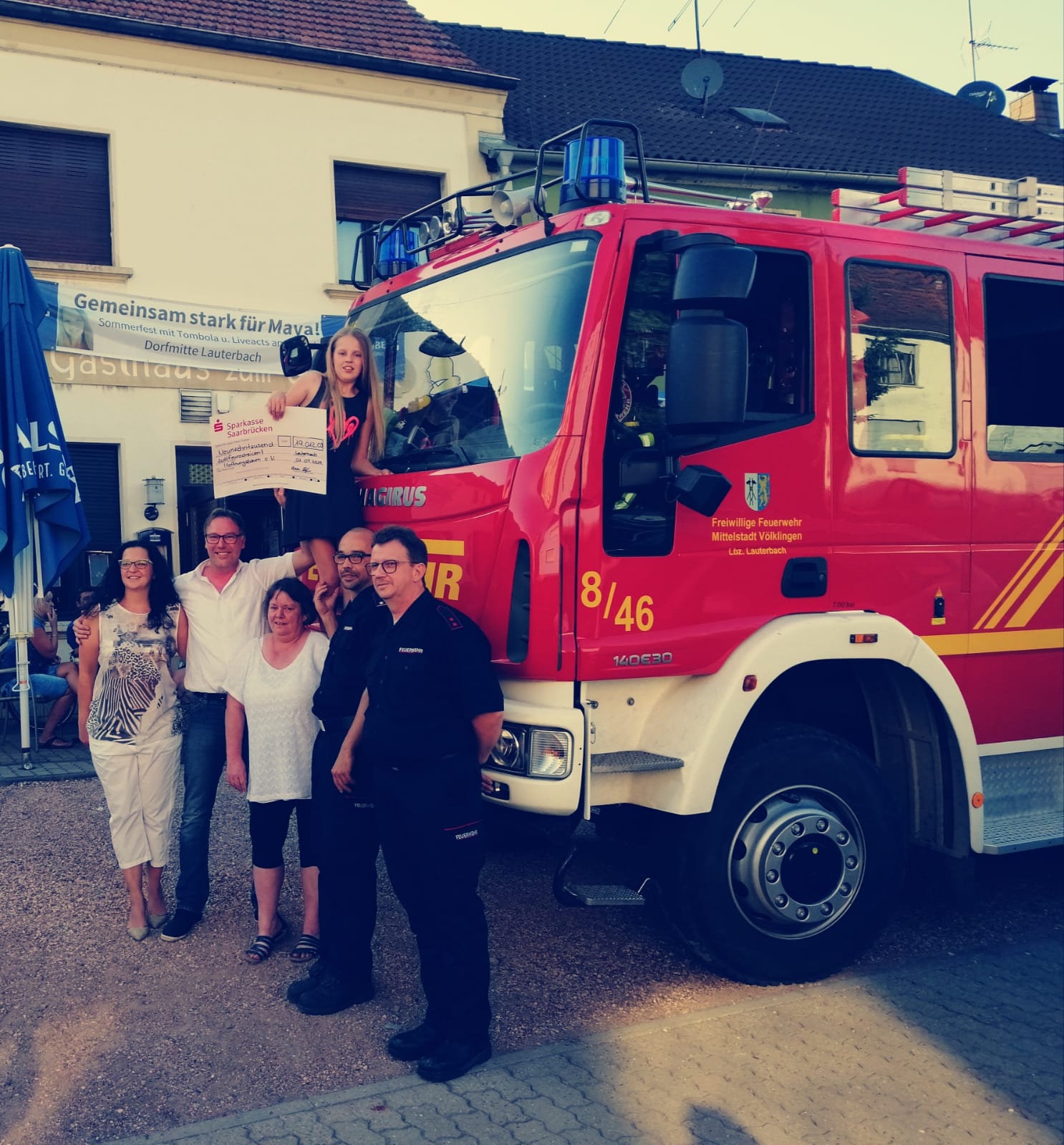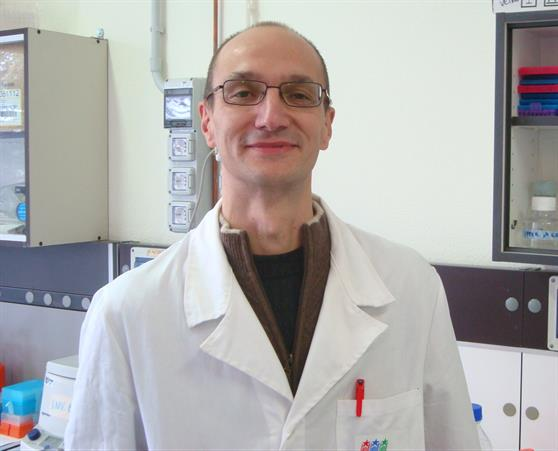BPAN research project funded: Iron and neurodegeneration
BPAN research project funded: Iron and neurodegeneration

The goal of Burbulla, a professor at Northwestern University of Chicago (Illinois, USA), is to define the mechanisms that lead to the development and progression of BPAN, with a focus on the role of iron in the disease. All of this is based on solid preliminary data showing how loss of function of the WIPI4/WDR45 protein mutated in BPAN patients results in cells being unable to degrade iron-containing macromolecules and organelles, reducing their recycling.
Iron is an essential element of cellular life, but its level needs to be finely tuned as "free" iron is very reactive and can be potentially destructive. "When it enters the cells, iron is incorporated into the mitochondria, the cellular power plants, or stored by special proteins called ferritins. Mitochondria and ferritins are therefore the iron-rich cellular macromolecules: They can be broken down by autophagy and release iron, making it bioavailable," explains Burbulla. The scientist's innovative hypothesis is based on the idea that the pathogenesis of BPAN is not so much due to an accumulation of iron, but to a deficit of bioavailable iron, which the cells need to function properly. To test this hypothesis, Burbulla has planned a series of experiments on neurons produced from the so-called induced pluripotent stem cells (iPSC) obtained from small skin samples of BPAN patients. The advantage of this technique is that the causes of the disease can be detected directly in the diseased cells, but without invasive procedures. Once the mechanisms that cause the accumulation of unusable iron on the one hand and the lack of bioavailable iron on the other have been identified, Burbulla and his team want to test new therapeutic approaches using innovative technologies such as three-dimensional brain organoids that mimic in the laboratory what happens in the areas of the brain that are most affected in BPAN patients.
This study will lay the foundations for identifying potential therapeutic targets for the future development of a cure for BPAN. However, it will also be important to improve the understanding of the relationship between iron and neurodegeneration, which can also be applied to other forms of NBIA.



